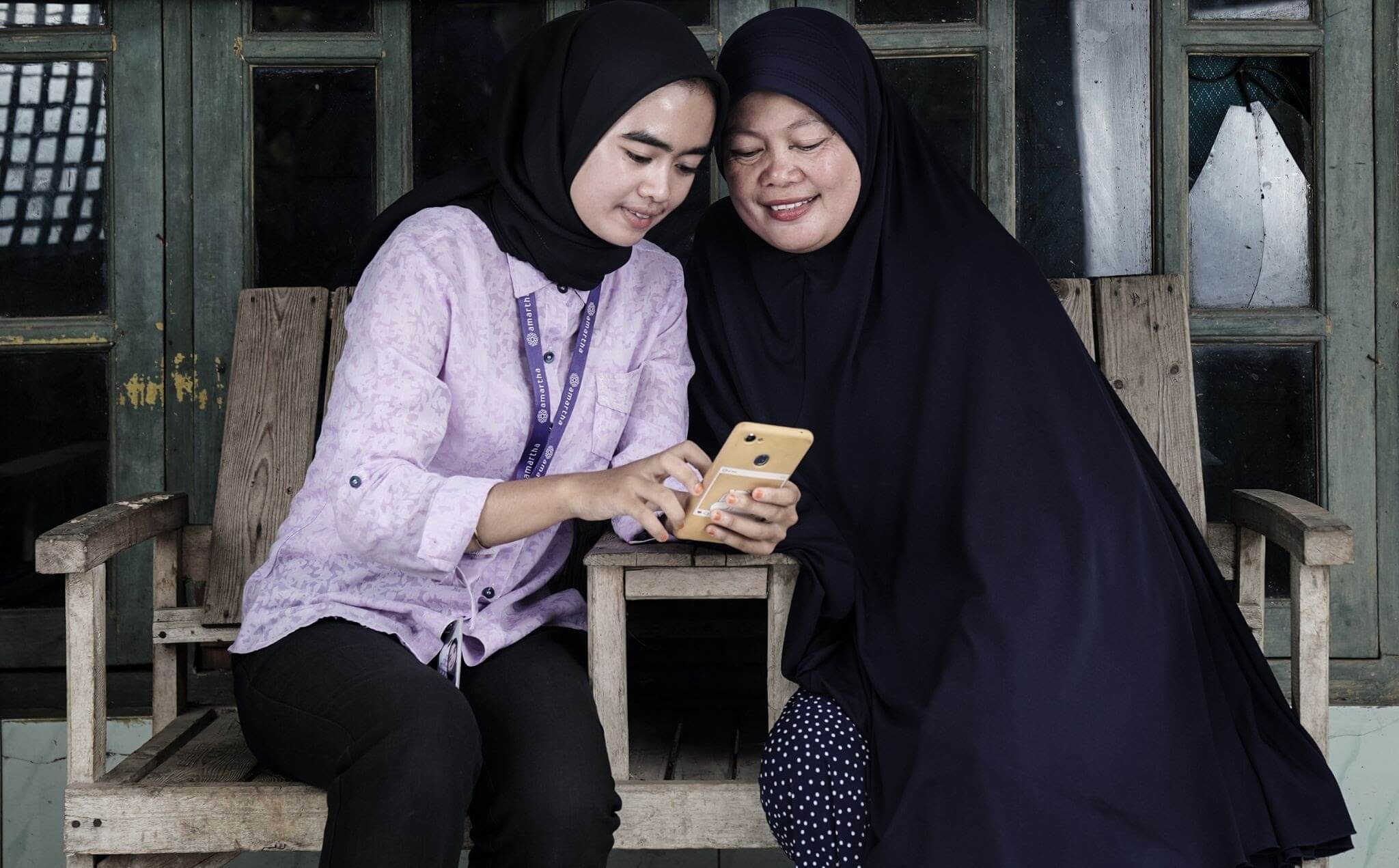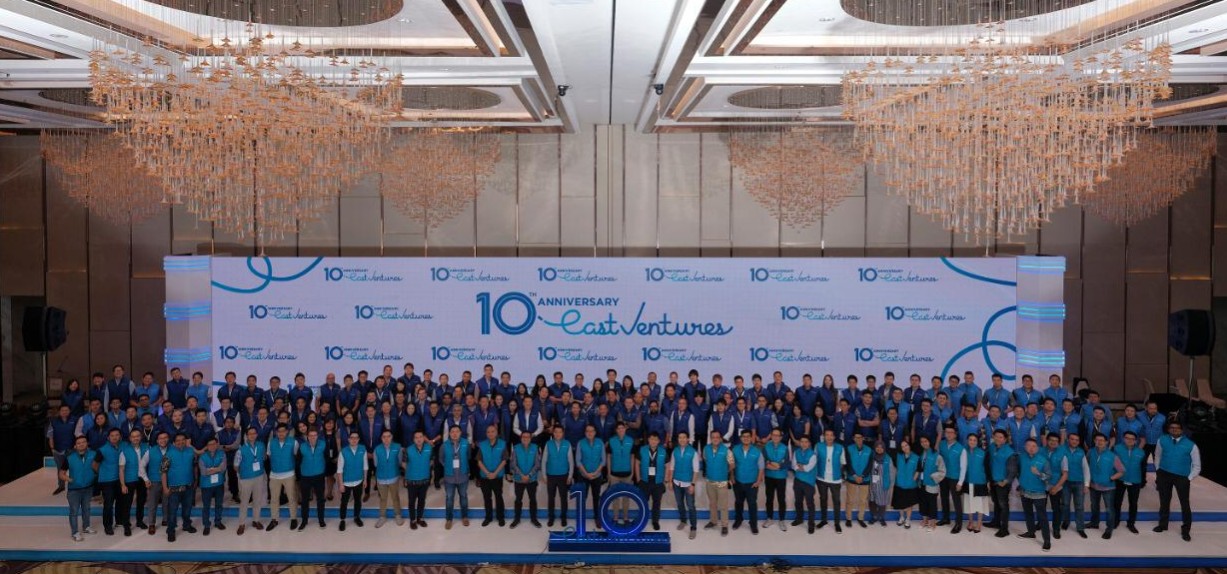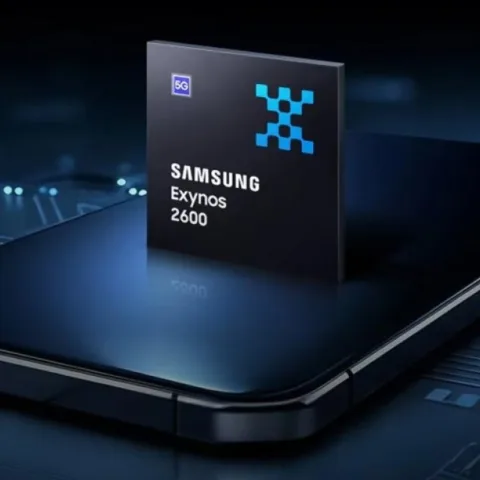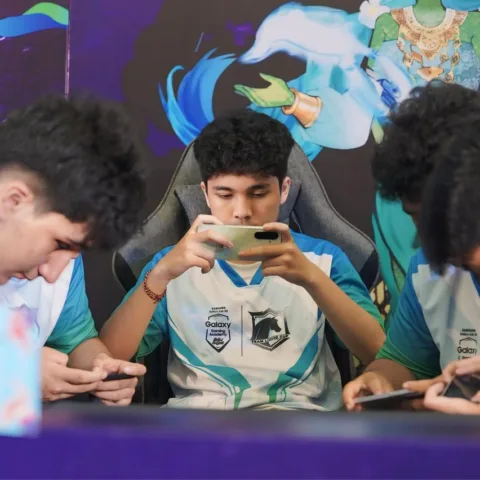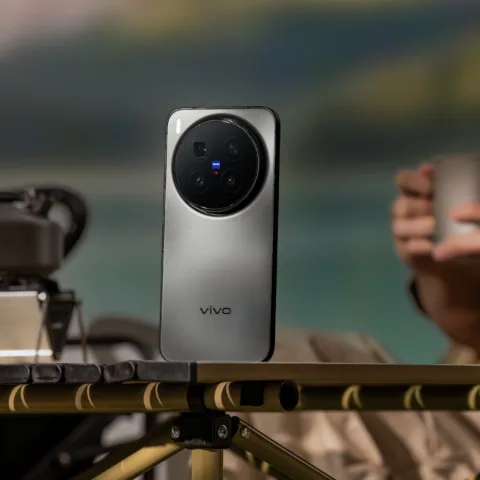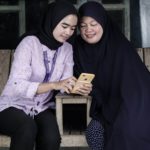
Rudiantara’s enthusiasm in shaping 4G smartphone industry is worth to put our attention on. Last week, the Minister of Communication and Information revealed his objective of drafting the regulation of the level of local component for 4G LTE-based smartphone.
“We can’t just ask for the goods, but also create the value by strengthening the design house,” Rudiantara stated, as cited from CNN Indonesia.
It’s finally crystal clear that Rudiantara’s goal of enforcing such regulation is to grow the presence of the Independent Design House (IDH) in Indonesia. He doesn’t intend on having Indonesia as a “tailor” of foreign players or merely a hardware industry. His intention is to make Indonesia as a smartphone designer from the very beginning.
The word design house sounds unfamilar, but it’s role is significant. A lecturer at the Technology Institute of Bandung, Adi Indrayanto, referred IDH to a fashion designer in garment industry whose position is between the cloth producer and the tailor. It means that in the context of smartphone industry, IDH’s position is between the chipset vendors and the manufacture companies.
There are only a few of IDH exist in Indonesia. One of them is the TSM Technologies in Batam, which is owned by an Indonesian businessman who owns an IDH in China.
China started the smartphone industry using IDH ecosystem
This step taken by Rudiantara is somewhat similar to what China did years ago, when the transition from 2G to 3G was taking the spot.
Back then, China started to build its IDH ecosystem by creating fake smartphone. You may one of those who got deceived by the fake iPhone or BlackBerry, buying one only to find that the device you bought had two slots for SIM Card.
The feature then goes on by the name of Dual SIM, something that big players, like Nokia and Sony Ericsson, avoided at that time.
But it was a gold mine to fake smartphone producers.
They attempted on restructuring their image by innovating. That marked the birth of many advanced features; television on phone, battery that lives on for a week, three slots of SIM Card, big buttons for the elder people, you name it. Some even took the limit beyond expectation by covering their phone by gold. Real gold.
Those features may look silly to Nokia and Sony Ericsson. The fact is, the Chinese industry had gone further on understanding and providing the demand of low-end consumers in developing markets like Asia, South America, and Africa.
The blueprints of those unique phones were quickly spread. With China’s low labor cost, the phones hit the market in weeks. The technical capability of the players (who once only produced fake phones) kept increasing, leading them into becoming world-class producers.
Those designs were later given to manufacturers who were used to assemble products of prominent entreprises. Xiaomi, for instance, an Chinese infant who’s assembled its products at Foxconn, Apple’s regular manufacturer.
The face of Chinese smartphone industry got a major change after Google introduced Android in 2008. The mobile operating system drove Chinese companies to present worthy alternatives. At affordable rate of course.
In no time, Chinese enterprises like Meizu, Huawei, and ZTE have successfully built their brand worldwide, and now that Xiaomi and OnePlus have joined the rank. This might be the initial phase of Chinese revolution in global smartphone industry.
What about Indonesia?
Rudiantara insisted that Indonesia must start now, right when the 3G is about to be shifted to 4G. The Minister seemed not to be interested in directing Indonesia to strengthen its capability in telecommunication cores like creating communication antenna on phone, defining what 5G is, or innovating in hardware component businesses such as screen, storage, or camera sensor, just like what Samsung and LG do in South Korea.
It seems that he encouraged Indonesia to follow the step of China in shaping its smartphone ecosystem using IDH since hardware companies in Indonesia are on the rise at the moment. During 2013, the Ministry of Industry noted that 15 telecommunication component factories, including manufacturers of casing, keypad, battery, charger, and LCD, had been built.

Indonesia also owns many Electronics Manufacturer Services (EMS) located in Java and Batam, e.g Sat Nusapersada which is capable of manufacturing foreign products as the company is reportedly ready to assemble Taiwan-based Asus’ Zenfone series.
The “tailors” are there, now that it’s time to find those “fashion designers” and have them finding the solution for the vast and potential Indonesian market’s demand.
IDH will determine the outer design of the smartphone, design the PCB lay out, and pick the hardwares to be equipped so that they will complement the PCB lay out and minimize crash once hardware and software run. It’s not impossible to have IDH creating the operating system or other apps as well.
By optimizing the role of IDH, Indonesia may have many technology patents. If the patent is used by other brands or foreign companies, Rudiantara expected that Indonesia will profit from the applied licensing cost.
Apple, Samsung, Sony, Huawei, and Xiaomi have become their own fashion designer and produced tons of patents.
“If Indonesia has many design houses, then we don’t need to purchase smartphone design to China,” said Indrayanto, who’s also the caretaker of the Technology Institute of Bandung’s Center of Microelectronics. He also predicetd that the growth of IDH in Indonesia will also be naturally accompanied with the hardware component industry.
Rudiantara promised that he’ll publish the Ministerial Decree on the level of local component in 4G LTE smartphone this June. He expected that the regulation may reduce Indonesia’s loss, which is driven by its importing habit, especially in phone industry which is the second largest after oil and gas.
He didn’t mention anything about the final percentage of the local component that must be fulfilled by subscriber station (SS) devices like smartphone and tablet as well as the base station (BS) devices like radio at BTS. However, the Ministry has proposed 30 percent for the SS and 40 percent for the BS.
Apple’s decision of creating smartphone out of metal component, Samsung’s step of creating screen which is bent in the corner, and Lenovo’s selection of creating a hybrid product functions as tablet and projector are the real masterpiece. To reach that level, high quality fashion designer is a must.
Time will tell, whether Rudiantara’s proposal is something that we can thank for or not.

